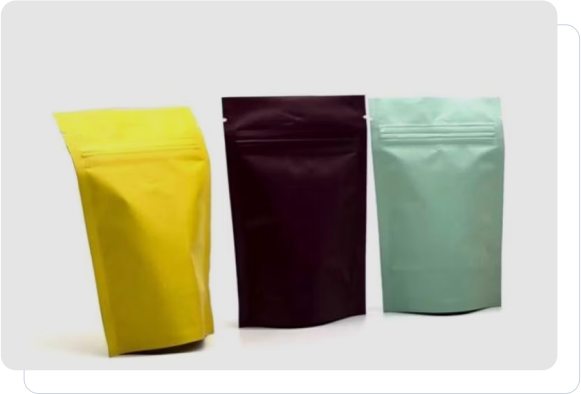Consumer goods industry uses flexible packaging as its fundamental element because it provides unmatched versatility along with affordability and sustainability features. Today's 2025 global market shows increased need for new packaging solutions. This guide demonstrates the new market trends alongside modern technologies and successful techniques your brand can use for superior market positioning. The knowledge of flexible packaging concepts enables all businesses from startups to international brands to obtain substantial competitive advantages.
Why Flexible Packaging is Dominating Consumer Goods
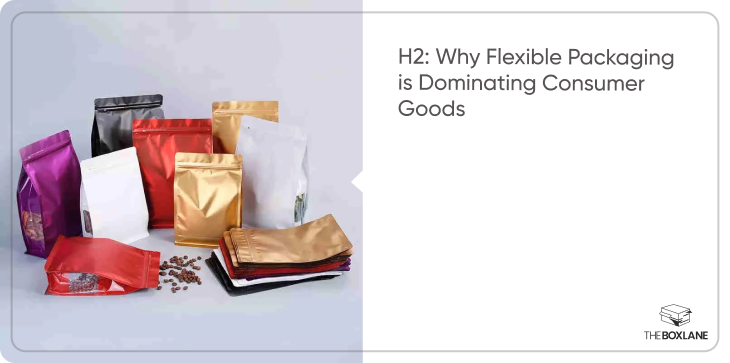
Custom Mylar bags and other flexible formats of packaging lead a revolution in the delivery and packaging methods for consumer goods. Its light weight helps lower transportation expenses yet guarantees the security of transported products. Flexible packaging consumes only 23% of the plastic needed for rigid packaging because it produces 26% fewer landfill wastes.
The main factor that distinguishes flexible packaging from other options is its ability to adapt. The specific requirements of any item including food products and drinks and cosmetics and pharmaceuticals can be accommodated by flexible packaging solutions. Stand-up pouches work best for snack products whereas resealable zippers suit pet food requirements.
Key Benefits
The material costs along with shipping expenses remain at a minimum level.
The design takes minimal space which reduces storage needs and shelf requirements.
The package design accommodates products of all shapes and sizes.
Sustainability in Flexible Packaging
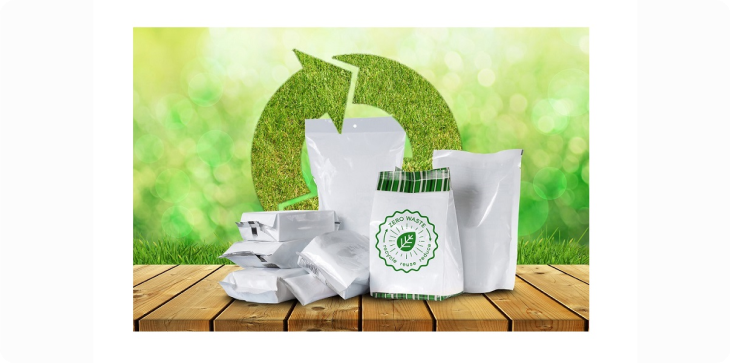
People no longer describe sustainability as a buzzword because it has become essential for our modern world. The demand among consumers for environmentally friendly packaging prompted businesses to introduce green packaging solutions to the market. Flexible packaging stands as a leader of sustainability through its development of materials which can be recycled and composted naturally.
The popular biodegradable plastic substitute PLA (Polylactic Acid) originates from cornstarch. Mushroom-based packaging shows growing potential because it decomposes easily while having minimal environmental effect. The technology company Dell employs mushroom packaging for its server products that fully dissolves in 30 days.
Actionable Tips for SMBs
Small product lines should be the first step to introduce biodegradable materials for testing the consumer market.
Attract environment-conscious consumers by adding sustainability-oriented labels such as "100% Recyclable" or "Compostable Packaging" to products.
Your business should build partnerships with suppliers whose main priority is sustainable operations.
Smart Packaging: Enhancing the Consumer Experience

Smart packaging stands as an innovation which changes how businesses interact with consumers on the market. Brands use modern technology such as QR codes together with NFC tags along with IoT-enabled systems to deliver immersive informative experiences to customers.
Research shows that 79% of customers choose to purchase items featuring scannable codes according to a 2024 survey. Smart packaging measures incorporate codes that deliver immediate product details and instructions together with AR experiences to consumers. Users can access wine vineyard narratives together with food pairing recommendations through scanning QR codes.
Step-by-Step Guide to Implementing Smart Packaging
Your packaging should include scannable QR Codes as part of its design.
Premium products should use NFC Tags to improve both authenticity assurance and consumer engagement levels.
Leverage IoT for Traceability: Enable real-time tracking and consumer engagement.
E-Commerce Ready Packaging
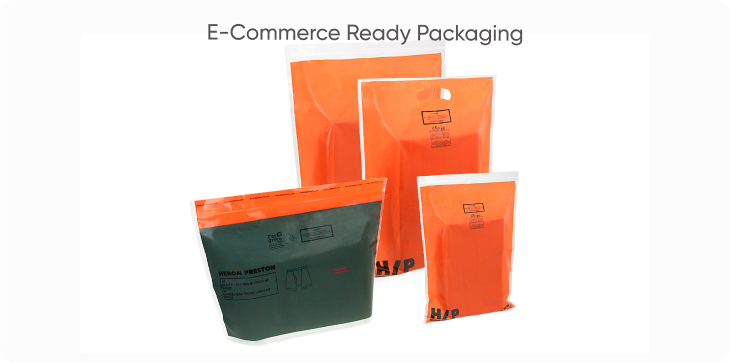
Electronic commerce revolution has transformed the way organizations approach packaging. Online retail requires packages that are lightweight with tamper-evident features and should be designed for easy returns to customers. Frustration-Free Packaging by Amazon serves as an excellent demonstration of package optimization for e-commerce.
Strategies for E-Commerce Packaging:
Lightweight Materials: Reduce shipping costs and environmental impact.
Tamper-Evident seals combine safety features and customer trust enhancement functions within packaging.
Products must come with designs which allow customers to perform returns without creating packaging damage.
Scientific research shows a cosmetics company adopted lightweight resealable pouches for its online store products. The use of resealable packaging delivered two advantages: decreased shipping expenses by 20% in addition to better customer satisfaction.
Personalization and Branding with Flexible Packaging
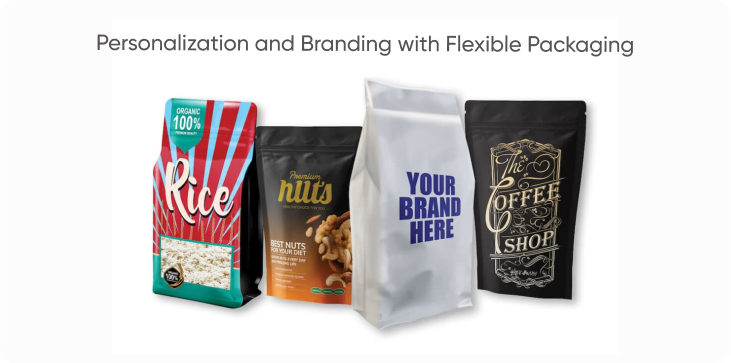
Personalization is key to building brand loyalty. Advances in digital printing allow for cost-effective custom designs, while AI-driven tools enable hyper-targeted packaging. Coca-Cola’s "Share a Coke" campaign, featuring personalized labels, boosted sales by 2%.
Tips for Personalization
Digital printing technology works best for situations that involve multiple versions along with small production numbers.
AR components should be added to generate immersive brand experiences.
The application of AI technology enables packagers to create designs specifically targeted toward different consumer demographics using available user data.
Navigating Regulatory Compliance
The EU Green Deal and the FDA traceability rules are two global regulations that direct changes in packaging markets. Businesses which fail to monitor these standards and adjust their operations will lose their competitive abilities.
Key Regulations
The EU Green Deal establishes two main goals which include diminishing plastic waste together with the promotion of circular economy principles.
The Food and Drug Administration requires companies to provide comprehensive tracking systems for food and pharmaceutical products.
Tips for Compliance
Before shipping new packages you need to perform scheduled audits that validate the packaging materials to remain compliant with all regulations.
Collaborate with suppliers that make sustainability along with traceability their main priorities.
Material Innovations in Flexible Packaging
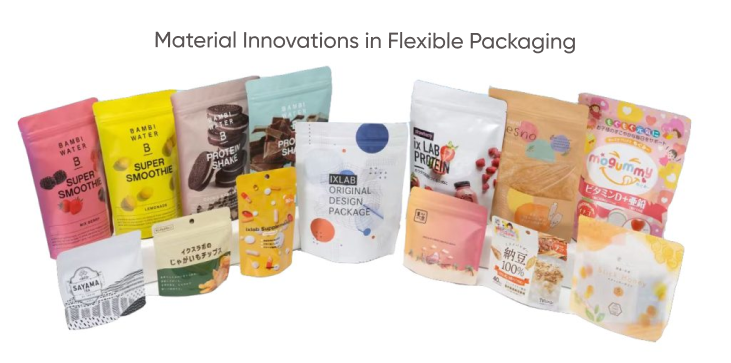
The drive towards sustainability results from the development of material innovations which include PLA and mushroom-based packaging solutions. Each packaging material includes advantages and disadvantages. The affordability of traditional plastics comes at the cost of lowered ecological sustainability but PLA presents a biodegradable option at elevated costs.
Comparative Analysis
- PLA: Biodegradable, higher cost, suitable for food packaging.
- Mushroom Packaging: Compostable, niche applications, ideal for protective packaging.
- Traditional Plastics: Affordable, less sustainable, widely available.
Case Study: A food company used PLA-based packaging for its organic snacks. The product transition involved higher start-up expenses yet it brought environmentally aware customers who helped the company grow its sales by 15%.
Future Trends in Flexible Packaging
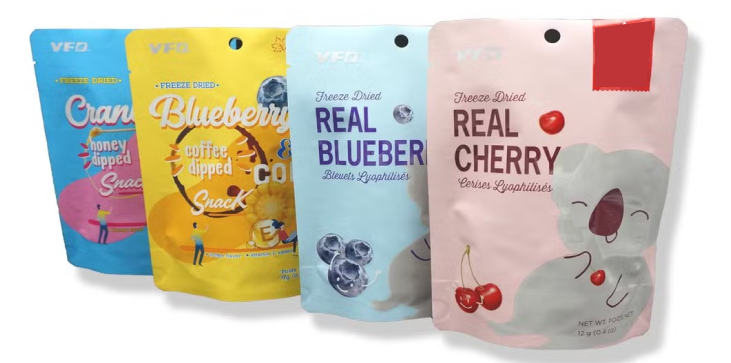
AI together with automation technologies will completely transform packaging design along with production function during the next few years. By 2025, AI-driven systems will enable real-time defect detection and predictive maintenance, reducing waste and improving efficiency.
Emerging Trends
- A programmed system that generates packaging designs through analyzing consumer information will automate the process.
- Modern technologies empower businesses to predict equipment failures through monitoring packaging machines with IoT which subsequently minimizes downtime.
- The circular economy requires design of recycled material systems which enable product packaging reuse and recycling.
Conclusion
Flexible packaging functions as an important branding tool that delivers sustainable features with enhanced consumer relationship capabilities. By adopting these modern trends and strategies your brand will take leadership in the market of 2025.
Check out our full range of custom Mylar bags at The Box Lane to improve your packaging approach right now.


